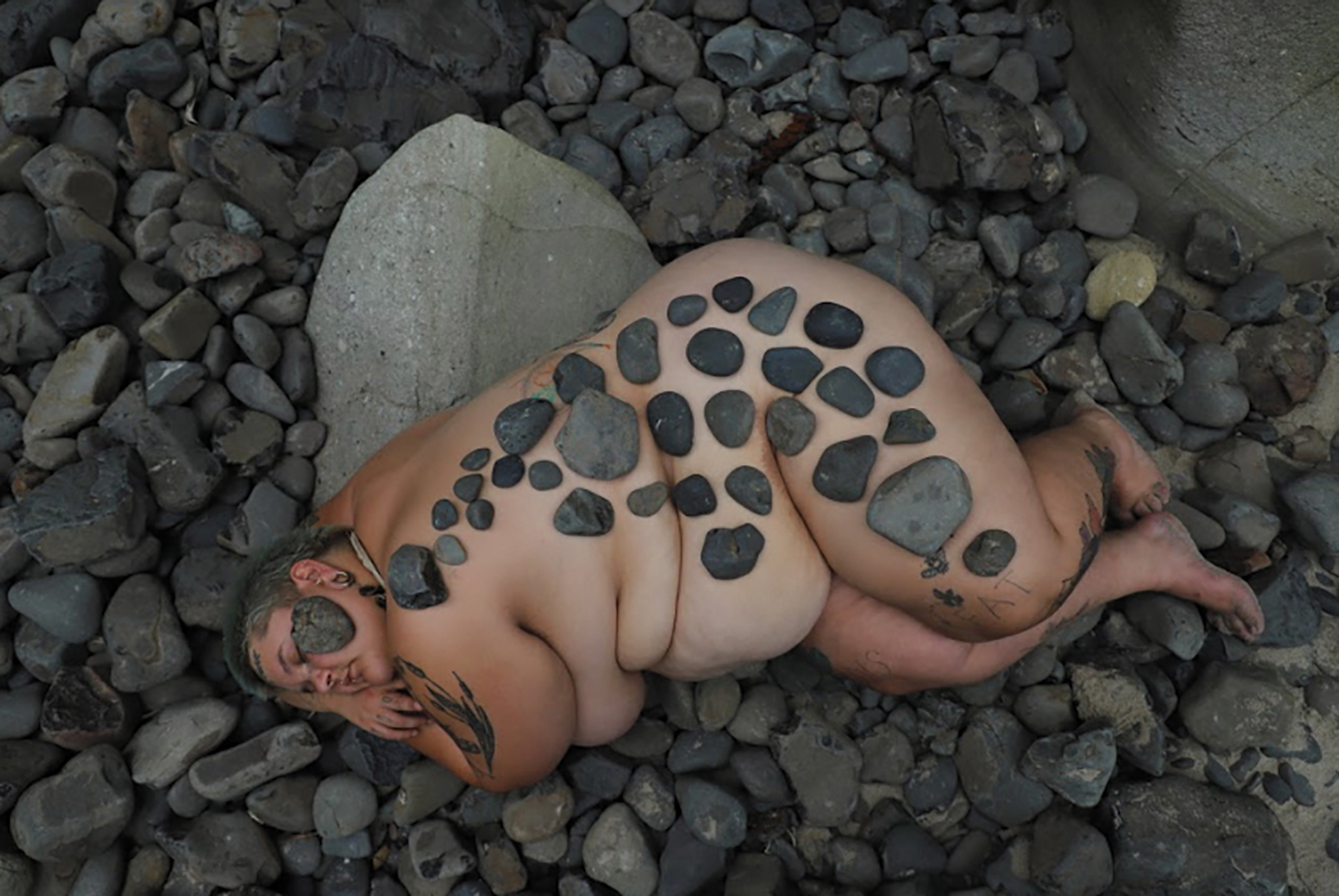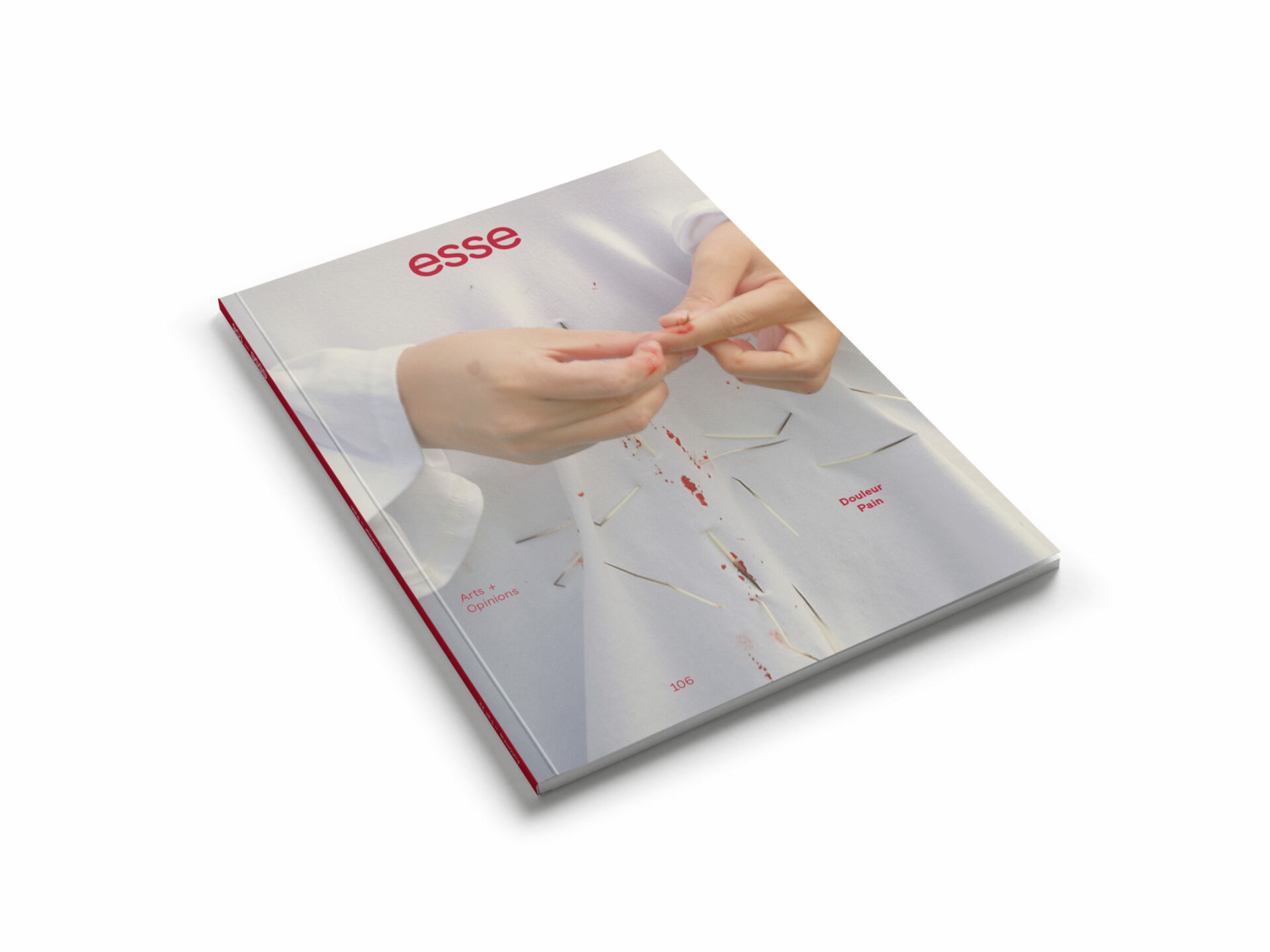
Photo: courtesy of the artist
Aesthetic Strategies against Big Pain
The socialization of fat people is woven into a network of oppressions that generate helplessness and exclusion — and thus suffering. This pain is not physical, in an anatomical sense, but resides in the violence of the subject’s interactions in the world. Following Michel Foucault’s reasoning, power is not exercised through disciplinary institutions only but also through a multiplicity of micro-powers, myriad individual power relationships, and the mass of things said that are archived and form our culture. Fatphobia is thus potentially everywhere: outside me, within me, within the Other, the caregiver, the teacher, the boss, the lover, the community. As a fat person, I continue to exist within and without this determination, within and without the suffering that is still associated with it. I am committed to anything that enables me not to avoid it altogether, nor even to radically convert this vulnerability into strength, but rather to exist with, against, regardless, somewhere in the folds of a world where attentions converge and where one had better hold on to that which can do good.
